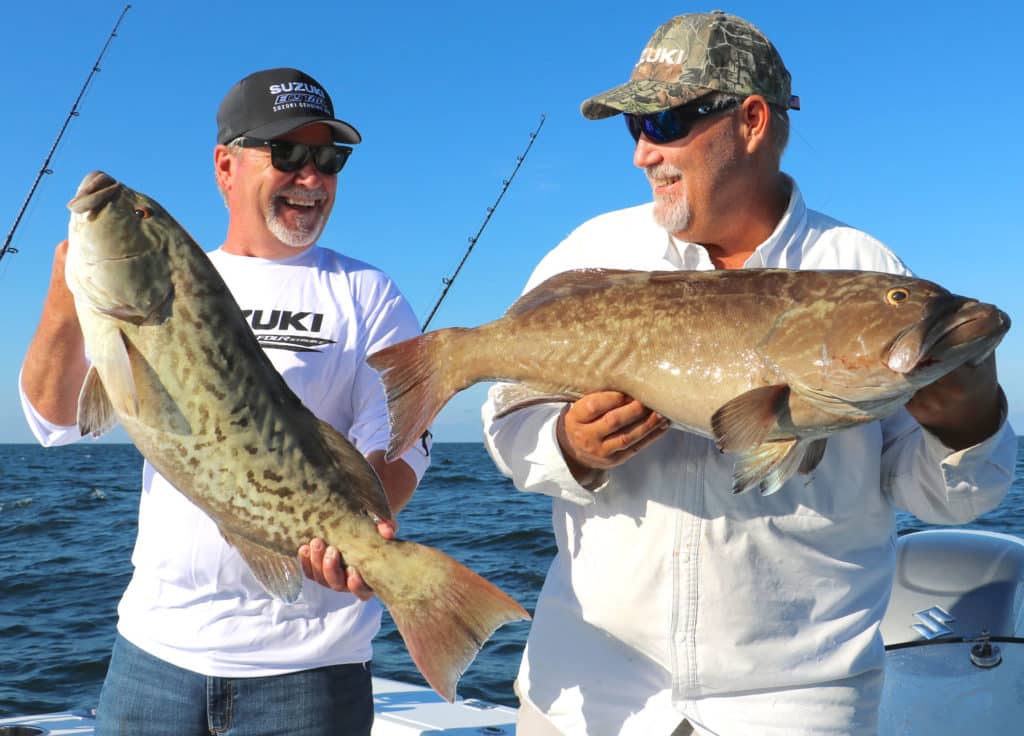
Gulf of Mexico Gag Grouper Fishing
With just 15 harvest days for 2024, gag grouper action should be fast but short-lived off Crystal River, Florida.
Some grouper species prefer to ambush prey, while others are active predators.

With just 15 harvest days for 2024, gag grouper action should be fast but short-lived off Crystal River, Florida.
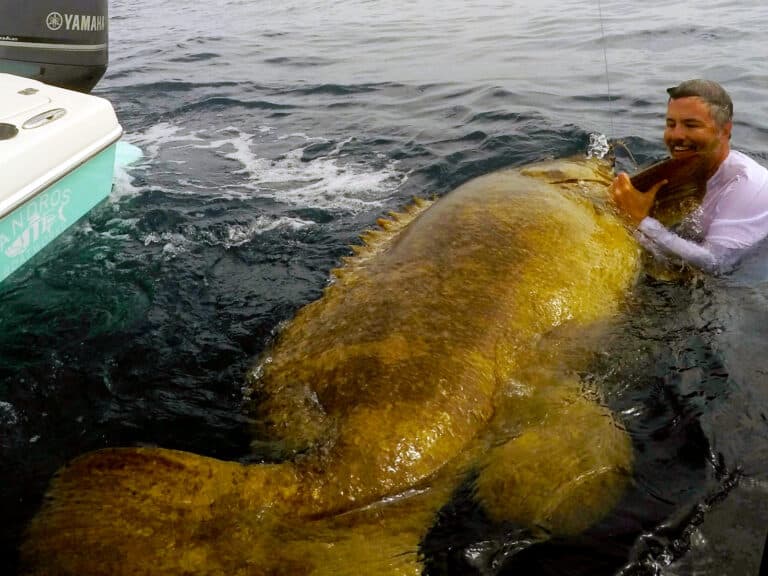
For the first time in decades, a tightly controlled harvest of goliath grouper offers a limited number of anglers the chance to take home a goliath.
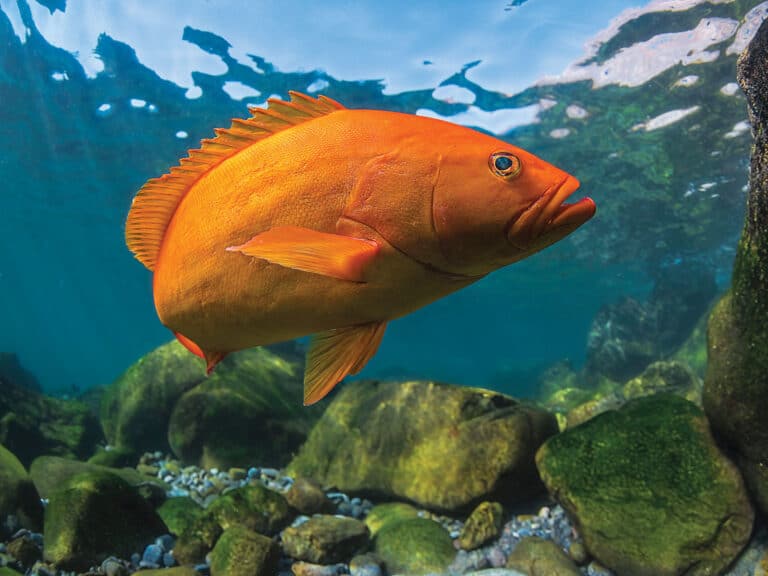
The almost-mythical golden grouper adds even more magic to fishing Mexico’s remote Sea of Cortez.
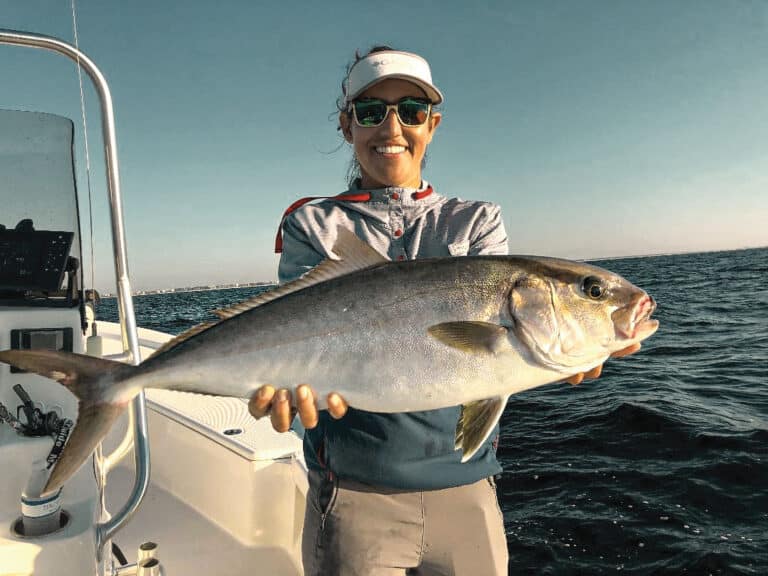
The five fish mostly likely to break you off, and how to keep that from happening.
Groupers, known as cabrilla or mero in Latin America, are a large group of bottom-dwelling species that can vary considerably in distribution, size and appearance, but typically have a large mouth and stout body built for power rather than fast or long-distance swimming. Most settle in reefs, wrecks, rock outcroppings or around other bottom structure, which offers shelter from predators and attracts potential prey.
While groupers don’t have many teeth on the edges of their jaws, they are endowed with heavy crushing tooth plates inside their pharynx, and their mouths and gills create powerful suction that enables them to slurp their prey and swallow it whole. Some grouper species prefer to ambush prey, while others are active predators. Their forage includes a wide range of small fish and crustaceans, including crabs, shrimps and lobsters, plus octopuses and squid, and some larger specimens exhibit cannibalistic tendencies.
IGFA recognizes 59 grouper species, some 20 of which are consistently accessible to anglers fishing the Atlantic, Pacific and Gulf of Mexico coasts of the U.S. and neighboring waters, like the Caribbean. The more popular groupers include black, gag, red (AKA red hind), Warsaw, snowy, strawberry, Nassau, yellowfin, broomtail, and goliath, the largest of them all, capable of growing to 600 pounds.
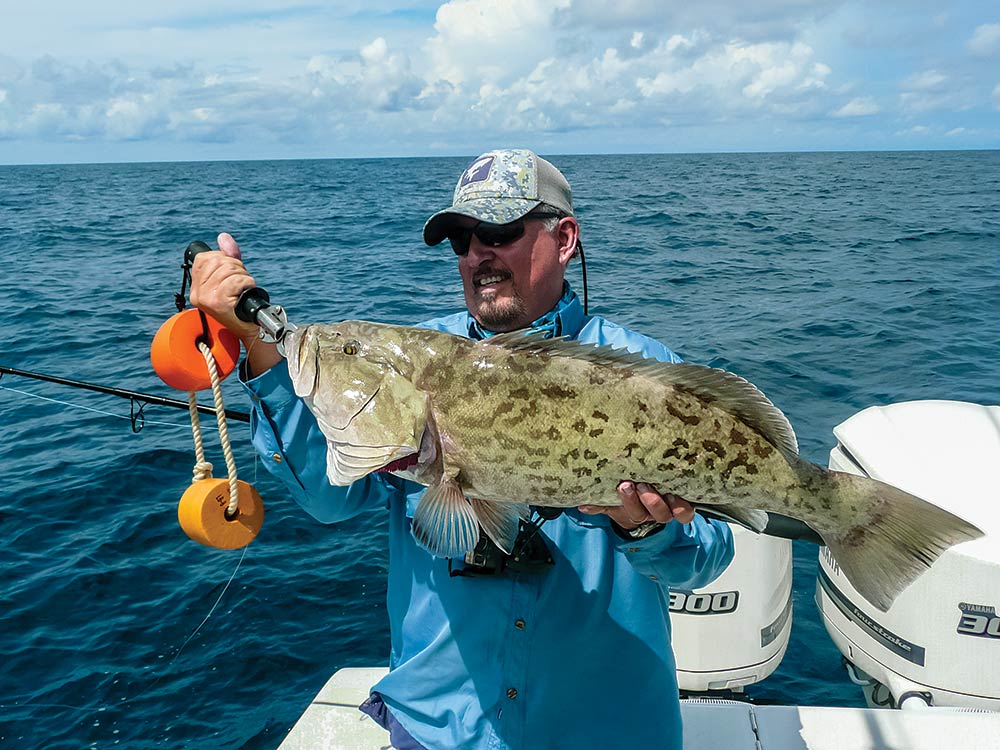
Hot grouper and snapper action awaits off Florida’s central Gulf coast.
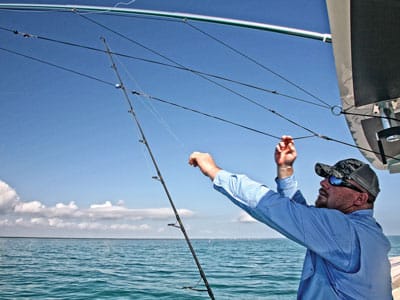
Bottomfishing tricks with offshore tactics
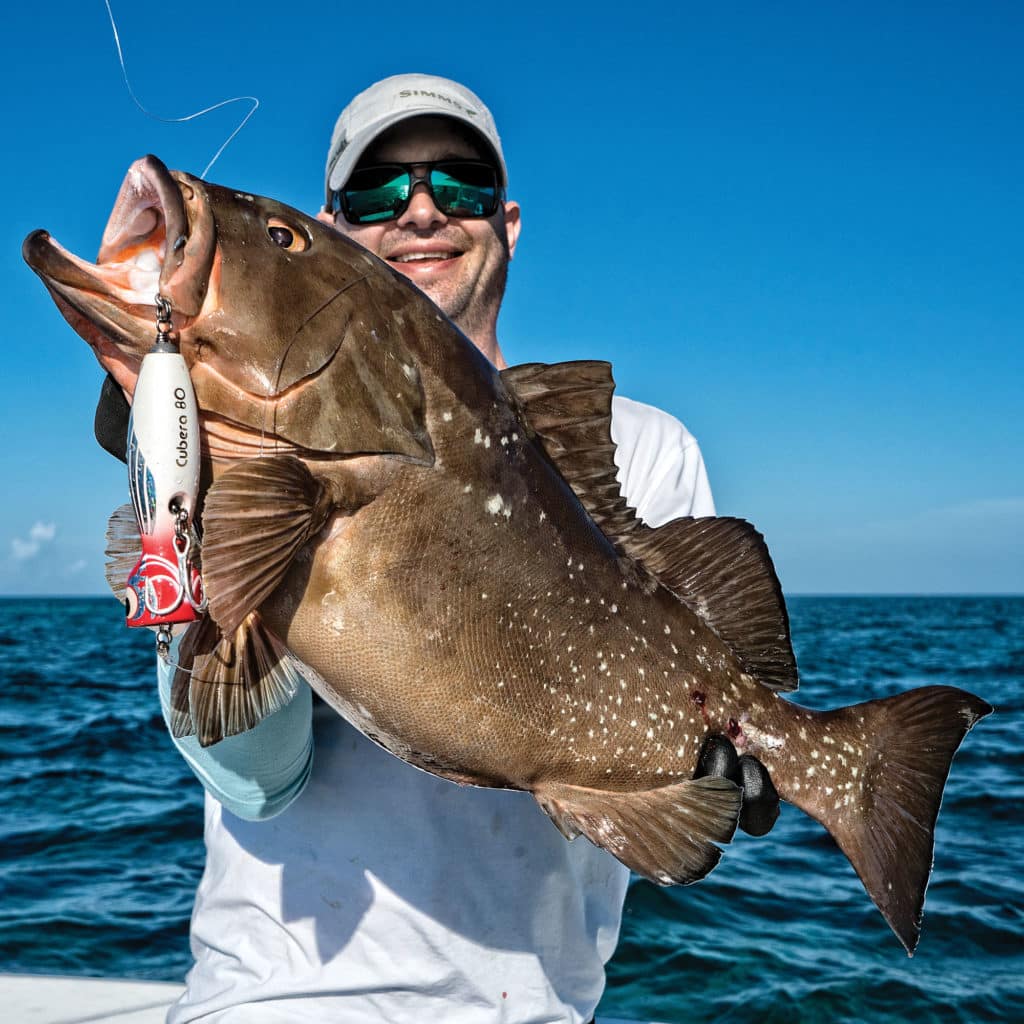
Target Big Grouper and Snapper with Topwater Plugs
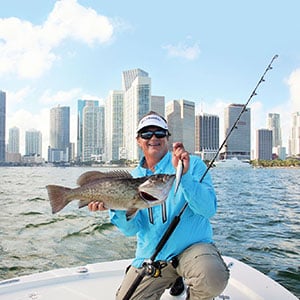
South Florida is a hot spot
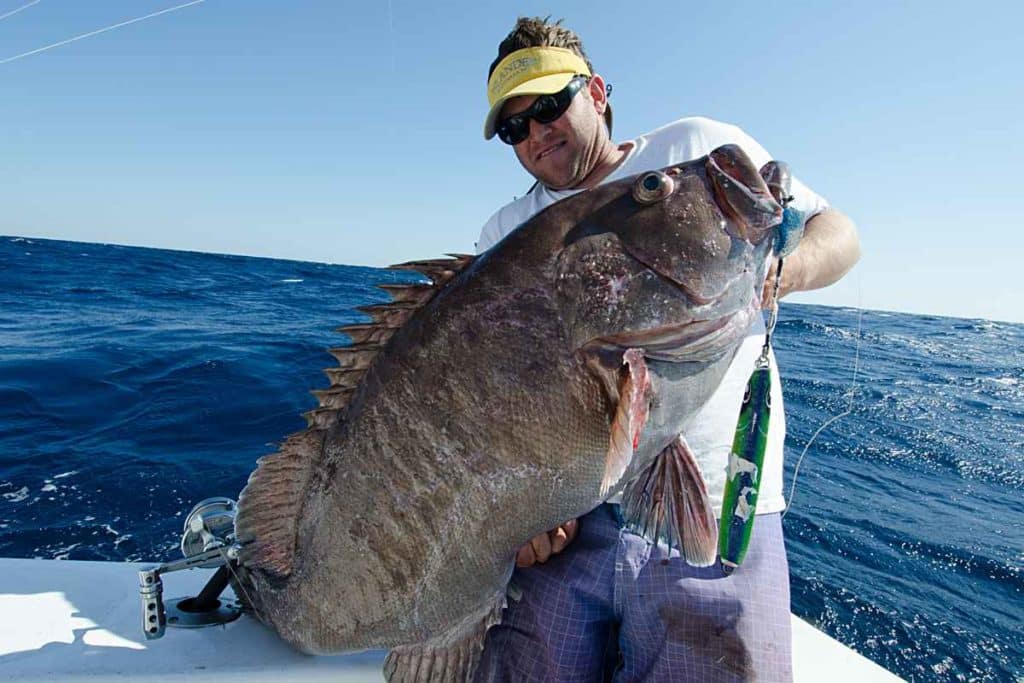
Vertical jigging tactics to catch huge bottomfish down deep

Deep-drop fishing for snapper and grouper requires special rigs and tactics.